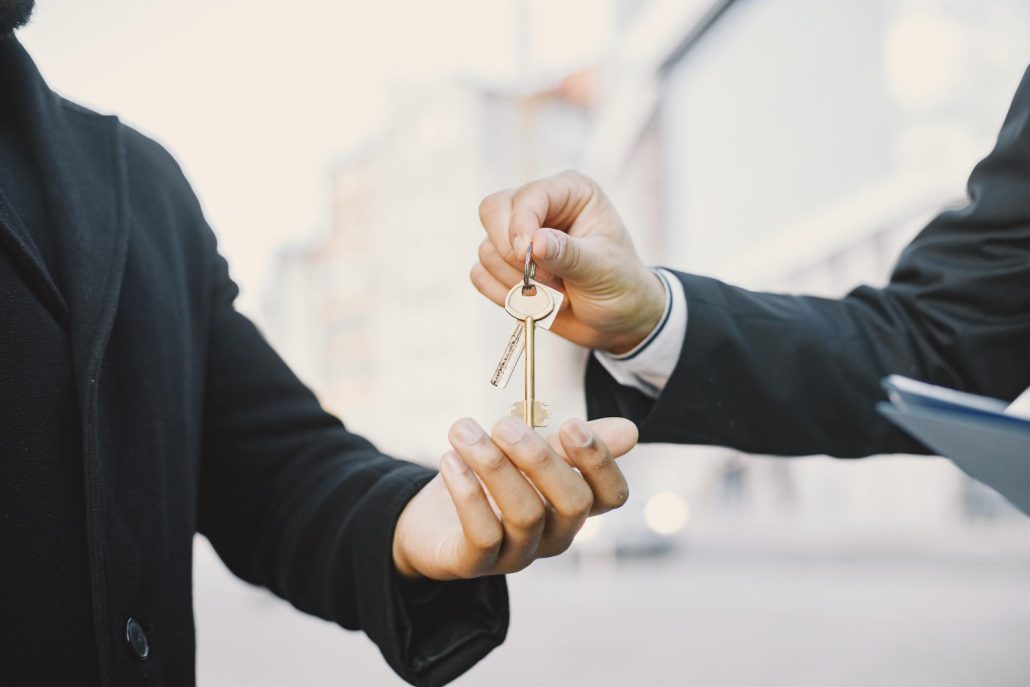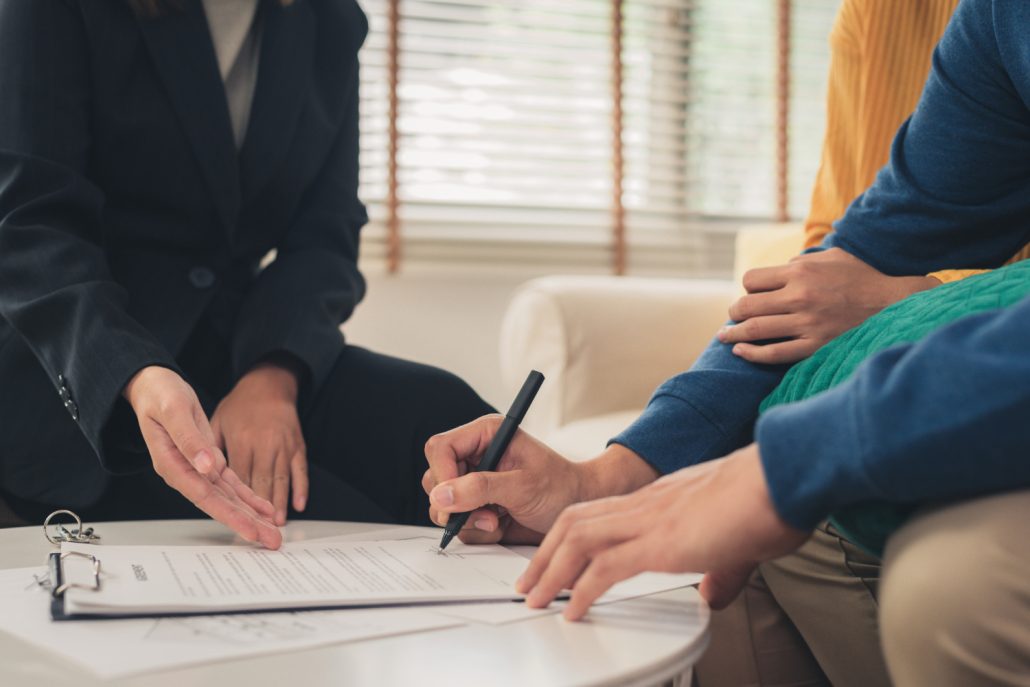
In your house hunting journey, there are countless moving parts that one has to take note of. During this stressful process, the last thing you would want is for the deal to unexpectedly fall through.
One good way to prevent this is through the lodging of URA caveats. Singapore government had introduced URA caveats, simply as a tool. You can view on an online portal on the Urban Redevelopment Authority (URA) website.
What is a URA Caveat?
A URA caveat refers to the legal document, in accordance with the Land Titles Act. The lawyers submit, on behalf of buyers, to the Singapore Land Authority (SLA) to register their legal interest in the property they wish to purchase. Caveats are usually lodged by buyers after they exercise the Option-to-Purchase (OTP) or after signing the Sales and Purchase (S&P) agreement.
Although the documents for lodging a caveat are submitted to the SLA, they are referred to as URA caveats. This is because URA offers an e-service that reflects all caveats lodged for private residential property transactions within the last 60 months.
Although it is not compulsory to lodge a caveat, it is generally encouraged and a good precautionary measure. It safeguards your interest in the property while preventing other interested buyers from purchasing it. As it is not mandated by law to do so, some transacted properties may not have caveats lodged against them. This means that their transaction data is not made available online. Thus, resulting in gaps in the data set on URA’s website, albeit with little to no impact.

Who can Lodge a URA Caveat?
All potential buyers of property can lodge a caveat to SLA through the help of their lawyers. The lawyers of these buyers would have to log onto the government website to fill in a form, including the details of the buyer and the transaction. A fee is required to submit this application. The caveat is lodged once the application is accepted
What Happens After Lodging a Caveat?
After lodging a caveat through the help of a lawyer, the transaction data for the property will be made available on URA’s portal. It will become public information for everyone to access. Although the transaction information being made public may sound a little daunting, lodging a caveat is a good way to indicate to other potential buyers of the property to withdraw and pull back from purchasing it. In essence, it is a legally certified method of “reserving” your prospective new home. Once your URA caveat has been approved, you can legally prevent your seller from making a deal with someone else. Hence, giving the buyer a sense of security over the purchase.

Why Should You Be Concerned About URA Caveats?
Despite not being mandatory, URA caveats are a good way for potential buyers to register their interest in a property, legally. URA caveats are not just an important tool for buyers, it is extremely useful to people planning to sell their properties as well.
How are URA Caveats Important to Different Stakeholders?
To the Potential Home Buyer
For potential home buyers, URA caveats are a sure-fire way to confirm that no other buyer has an interest in the property. To do so, buyers would require their lawyer’s help to search on the URA portal and ensure that there is no other existing caveat lodged on the same unit. This saves the buyer from wasting time liaising with the owner in the event there is a caveat on the unit already and prevents the buyer from exercising the OTP or signing the S&P agreement prematurely.
To the Seller Who Sold Their Unit
The lodging of a caveat by a potential buyer is an indication to the seller that they are seriously considering purchasing your property. It also gives sellers the assurance that they can start their house hunting journey on their end with minimal hiccups.
To the Potential Home Seller
In the case of potential home sellers looking to let go of their unit, browsing existing caveats lodged on similar units on the URA portal is a simple and hassle-free method of gauging the market price for your property. When you decide to sell your property, you can use the market price found as a benchmark for your selling price.
What Data Can be Found on the URA Caveat Portal?
On the portal , you can select up to 5 different private property projects to compare by specifying the details of the transactions you are looking for, such as the date range, type of sale as well as the project name. After inputting the specifications of your enquiry, you can proceed to press “Search”. A list of transactions will be displayed based on your search criterias including the location, tenure, area, price and date of sale. You can also sort from lowest to highest on the different criteria to make your search on the portal easier. From here you can also opt to download the data.
This data gives an insight into what the private property market in Singapore is like as it shows the type of units sold and the respective transaction prices. This is especially useful for sellers to gauge the demand of their unit size and type as well as the selling price.
Will You Lodge a URA Caveat?
With all that said, the URA caveat is ultimately an additional tool to make the property purchase and sale process more straightforward for both sides of the transaction. For buyers, it is a small price to pay for extra insurance and security over the property. For sellers, prior to starting the selling process, URA caveats will give them an inkling into the market price of their unit. After their property is on the market, when the buyer lodges a caveat, it provides them with the certainty that the transaction will go through.
Want to find the best mortgage rate in town? Check out our free comparison service to learn more!
Read more of our posts below!

